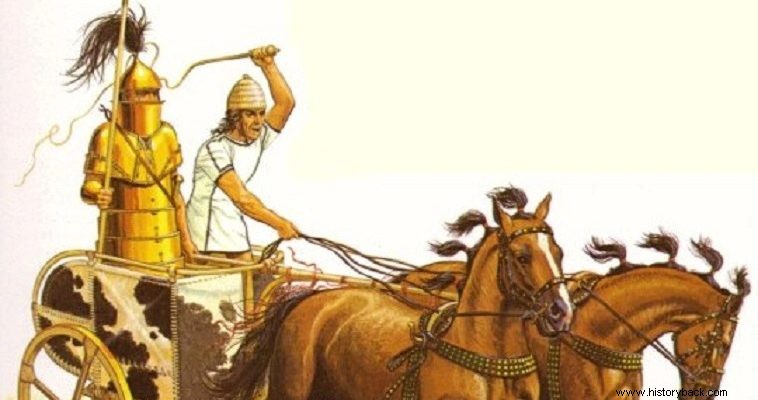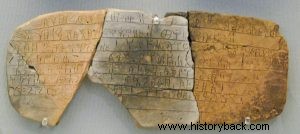
New DNA evidence indicates that modern Greeks are indeed descendants of the Mycenaeans who ruled the mainland and the Aegean from 1,600 to 1,200 BC. The evidence comes from a scientific study in which genes were analyzed from the teeth of 19 people from various archaeological sites in Mycenae and the rest of Greece.
OF THE ANASTASIS CROSS
SOURCE: greekreporter.com
A total of 1.2 million pieces of genetic code were compared to those of 334 deceased people from around the world. Genetic information was obtained from a group of 30 contemporary Greeks to compare with the research findings. The first discovery concerns the genetic similarity of the Mycenaeans with the Minoans, whose civilization flourished in Crete from 2,000 BC.
Both the Minoans and the Mycenaeans carry genes that suggest they had basically brown hair and eyes as depicted in the surviving frescoes. According to Harvard genetics professor Joseph Lazaridis any difference between the two cultures indicates that a second population wave reached mainland Greece but did not reach Crete.
This second wave, according to the professor, were the Mycenaeans. By comparing the DNA of the contemporary Greeks with the equivalent of the Mycenaeans, a genetic overlap is discovered which suggests that this ancient civilization formed the genetic basis of the later ones as well.
HP COMMENT: Some who for years supported the self-evident, that is to say that both the Minoans and the Mycenaeans were absolutely Greek, based on the "grammatical" evidence of Linear A (Minoans) and Linear B (Mycenaeans), obviously feel vindicated.
Although Linear A remains officially undeciphered, the similarity of many of their syllabaries allows us to assume that they were not so different and that perhaps the former was simply the ancestor of the latter – like ancient and modern Greek, for example.
And the Greekness of Linear B was supported by the same scientists who deciphered it, the British Ventris and Chadwick. In this ancient Greek, words that are still in use today were read, cases and genders, diphthongs, the digamma – the F of today's Western alphabets – numerals and other features were identified.
In total, about 5,000 texts have been found in Linear B (mainly tablets and, secondarily, vases). Of these, around 3,000 come from Knossos, around 1,400 from Pylos, around 300 from Thebes, 90 from Mycenae while a smaller number comes from Chania, Malia, Tiryns, Eleusis, Orchomenos and elsewhere. Linear B includes 89 syllabaries, which represent syllables with phonetic value and about 260 ideograms (or logograms), which convey concepts such as man, woman, cow, oil, wine, etc. and symbols for rendering numbers.

Linear B tablet from Pylos.
